Lower South Fork of the Payette Canyon - Overview
The Grandjean trailhead and lower South Fork of the Payette River trail is the jumping-off point for many different adventures. Destinations in the lower canyon include this hike to Taylor Springs as well as Elk Lake further upstream. There are also several adventures that extend up tributaries of the lower South Fork including Trail Creek Lakes, Baron Lakes, the North Fork of Baron Creek and Pickett Mountain.
Grandjean Trailhead to Taylor Springs
The South Fork Trail, by itself, is not a terribly interesting hike. Backpackers generally blast up-canyon, eager to reach the lakes and alpine cirques in the headwaters, or they plod along with their heads down, cranking out the last few miles of an extended overnight stay. It stays in the trees along the east side of the canyon for most of the way to Taylor Springs. There are two large stream crossings at Baron and Goat Creeks, and a few openings with brief views of the surrounding ridges. If you stay on the trail there are really no “destinations.” The trail, however, does access some great ridge scrambles and it can be used to reach the real gem of the canyon, the crystal-blue waters of the South Fork of the Payette River.
S.F. Payette - River Access
The South Fork reaches deep into the granite heart of the range. By the time the water reaches the slow meanders above Grandjean it has been tinted a faint blue, likely the result of suspended “rock flour” or pulverized granite left by the scouring glaciers. Exploring the slow meanders and open gravel bars along the river affords outstanding views and is a great place to wile away an afternoon.
The best twists and turns in the river are downstream from the Picket Mountain junction. The easiest access is just beyond the Goat Creek crossing where the river passes quite close to the trail. It would also be straightforward to follow the banks of Goat or Baron Creek from the trail down to the river. Another fun option would be to carry an inflatable kayak to the Picket Mountain junction and float down to the Grandjean campground or Sacajawea Hot Springs. There are several log-jams that need to be negotiated, but the gentle gradient does not produce any whitewater in this section. Proper equipment and experience is necessary. The water is quite chilly, so these adventures are best saved until the hottest months of summer.
There is a beautiful riverside campground near Taylor Springs, which is situated at the eastern edge of Big Meadows, an area that looks worthy of exploration. The meadow could host some amazing wildflowers, and would be a great place to look for elk, moose, and deer grazing and drinking from the many braided channels. You might even get lucky enough to hear the Pickett Mountain wolves howling at dawn or dusk.
Additional Adventures
Adventures in the headwater tributaries upstream from Taylor Springs include Elk Lake, Everly Lake, Benedict Lake, Ardeth Lake, Virginia Lake, and Hidden Lakes. Check out any of those adventures for a comprehensive overview of the upper South Fork
Off-Trail Hiking
There are some steep scrambles (for those interested in such suffering) up each of the three main ridges dividing Trail Creek, Baron Creek, Goat Creek, and the South Fork drainages. The routes climb nearly 3000 vertical feet but offer an awesome perspective on the South Fork and its tributary canyons. A long loop possibility traverses the ridge north from Picket Mountain and descends the steep north-facing spur from Point 7980 to the wilderness boundary. This route requires two fords of the South Fork.
Wilderness Regulations
Most of the trail lies within the Sawtooth Wilderness. Please observe the following regulations:
• Mountain bikes are not allowed past the wilderness boundary.
• Self administered wilderness permits are required and available at the trailhead.
• Dogs must be on a leash between July 1 and Labor Day
• Camp 100-feet from trails, lakes and streams
• Pack out all garbage.
• Human waste should be buried in a cat hole 6-8 inches deep, buried and well disguised. Pack out all toilet paper.
• Campfires allowed ONLY in a backcountry pan or fire blanket
• Campfires are NOT allowed at some lakes and in some drainages in the Sawtooths. Please review the campfire restrictions at individual trailheads.
• Permits required for all stock use in the wilderness. No grazing allowed in the Salmon River watershed (This includes the Alpine Lake drainage)
• No equine stock at Edith Lake. ALL stock prohibited in the Goat Creek and Alpine Creek (Alturas Lake) drainages.
Logistics + Planning
Preferable season(s)
Congestion
Parking Pass
Pros
Cons
Trailhead Elevation
Features
Suitable for
Location
Nearby Adventures
Nearby Lodging + Camping
Our mission is to inspire adventure with beautiful, comprehensive and waterproof map-based guidebooks. Owner, publisher, and photographer Matt Leidecker, grew up exploring and guiding on the rivers in central Idaho. His award winning Middle Fork of the Salmon River – A Comprehensive Guide is the standard by which other river guidebooks are measured. Printed on virtually indestructible YUPO paper, IRP guides are truly unique all-in-one resources for adventure. Each book is loaded with full-color maps, stunning photographs, and information on the history, geology, and wildflowers. Visit Idaho River Publications to explore our guidebooks to the Rogue River in Oregon and the mountains of Central Idaho.

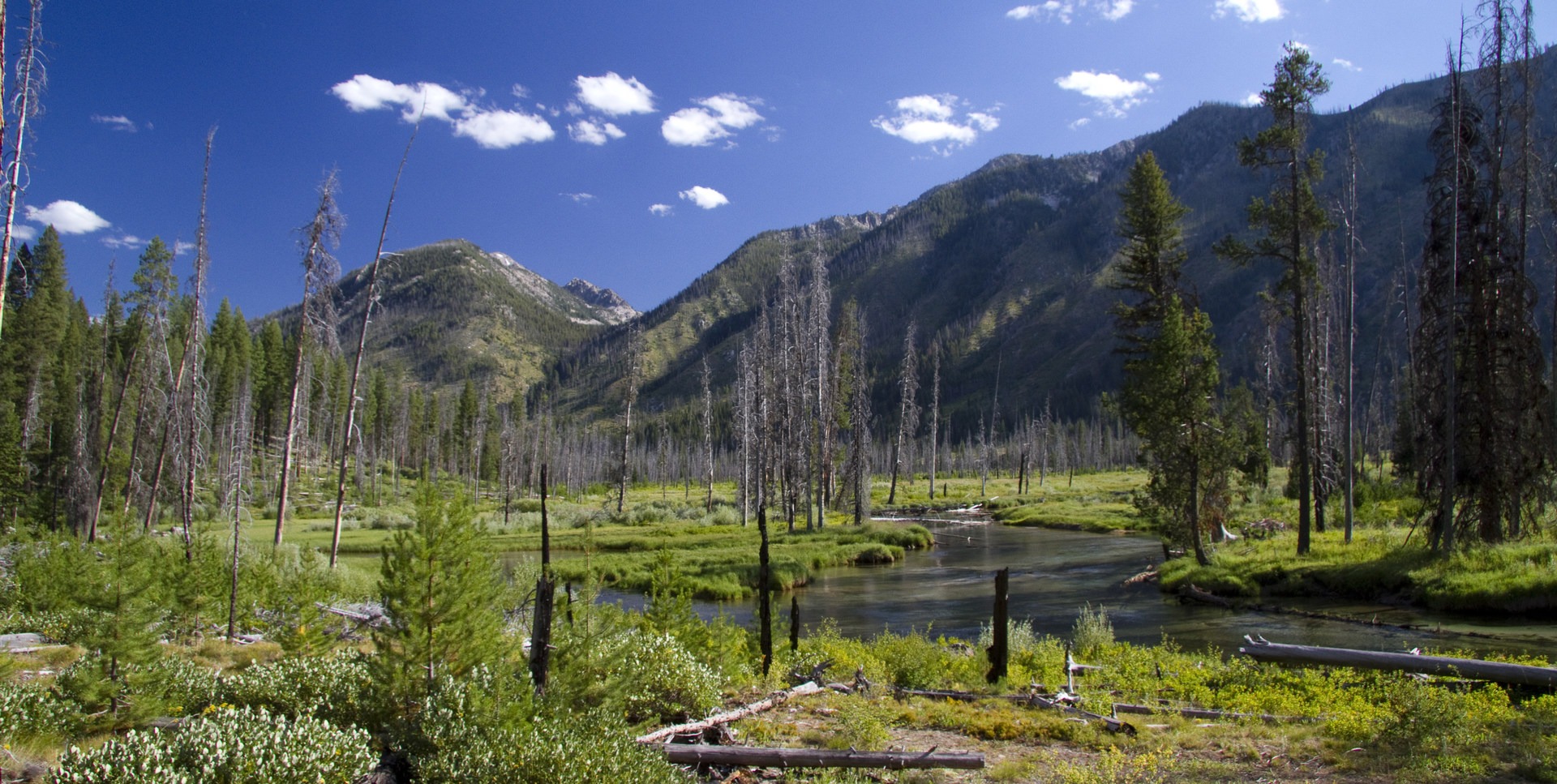

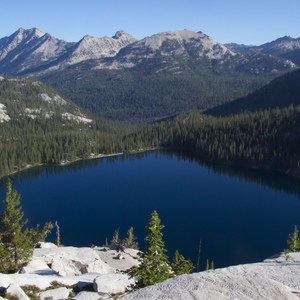


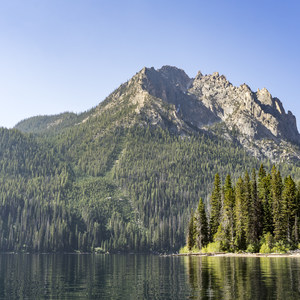
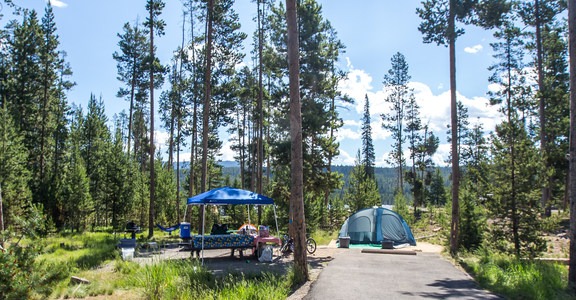
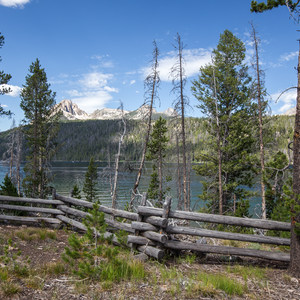

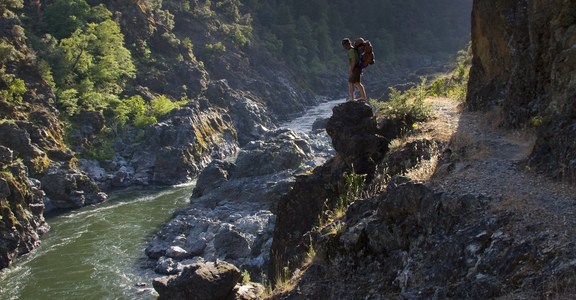
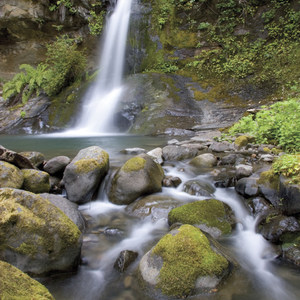
Comments
Sign In and share them.